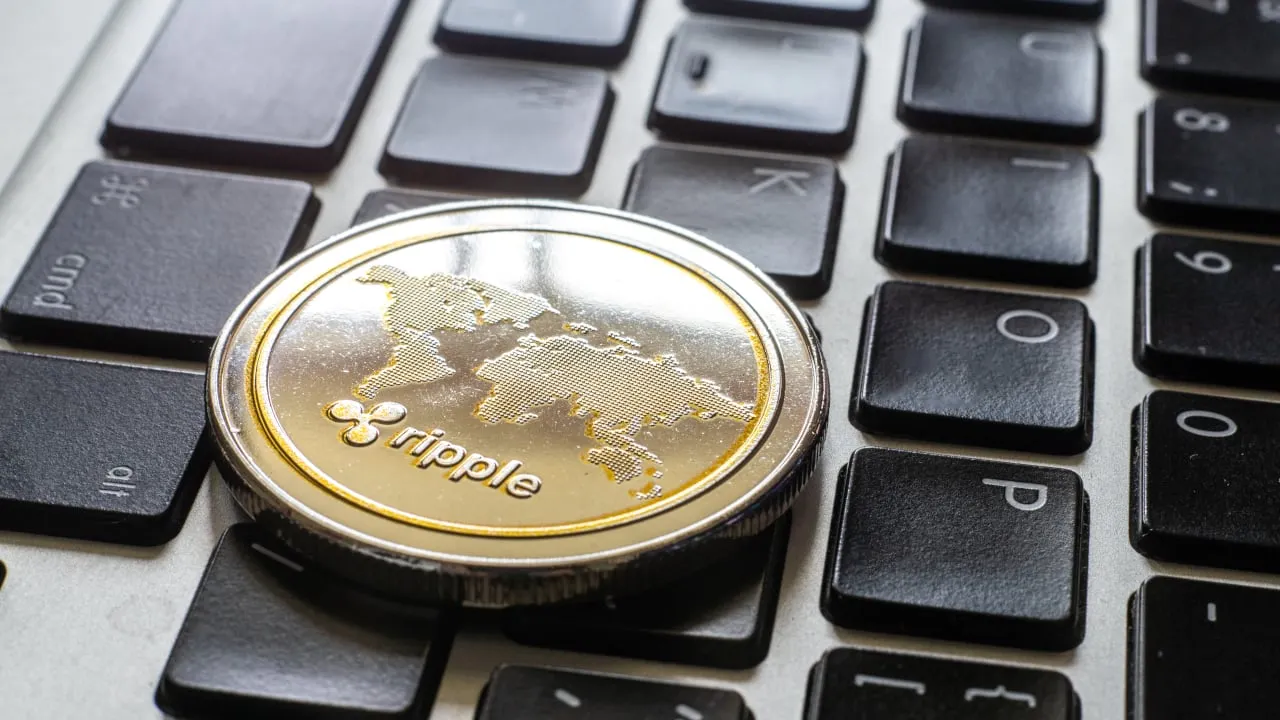Fintech firm Ripple announced Thursday that it plans to launch its own stablecoin pegged to the U.S. dollar across the Ethereum and XRP Ledger blockchains.
Set to roll out later this year, an as-yet-unnamed crypto stablecoin will be fully backed by U.S. dollars, short-term U.S. government treasuries, and “other cash equivalents,” according to a release. Ripple says it will provide monthly attestations of its holdings that back the stablecoin, which will be audited by a third-party accounting firm.
Ripple Chief Technology Officer David Schwartz told Decrypt that the firm believes the current $150 billion stablecoin market is poised to explode in the coming years to become a multi-trillion-dollar market. They see a clear opportunity in that space.
“We think we're uniquely positioned to have a competitive entry in that market,” he said. “We have our presence both on the institutional side with our payments product, and on the XRP Ledger side, we have some entry into the DeFi section of the space. Those are kind of the two big buckets in which stablecoins are being used today.”
It’s a space currently dominated by Tether (USDT) and USDC, both of which Ripple—the XRP-powered crypto payments platform and enterprise blockchain provider—has been watching closely for years.
“We have a strong balance sheet. We’ve been around for a very long time,” Schwartz explained. “We have fantastic compliance—we've been doing compliance for payments for almost eight years now. We have an impressive suite of licenses.”
Schwartz said that Ripple decided that there “has to be a U.S. jurisdictional nexus” around its stablecoin and added that the “easier thing to do would be kind of like what Tether did.” Tether is based in the British Virgin Islands.
But Ripple hopes to see a day when U.S. customers can “deposit a stablecoin at your bank,” and merge the enterprise and retail use cases with the traditional finance sphere.
Why launch a stablecoin now? Schwartz said the idea had been tossed around at Ripple for some time, jokingly at first. He recalled conversations like, ”It would make our life easier. It's a license to print money, you know—but not seriously.”
But the more they simmered on the idea, he told Decrypt, the more it really made sense. Some of the reasons included demand from emerging markets that may not have great access to dollarized assets, and interest from enterprise firms in stablecoin adoption. Schwartz said that Ripple has been speaking with customers that don’t use existing stablecoins, and asking why that is.
He added that there “aren’t a lot of great stablecoins on the XRP Ledger,” and as Ripple supports expanding use cases on the chain—such as an automated market maker (AMM) feature on the horizon—Schwartz said that there was a need for another prominent asset on the chain besides XRP itself.
“You can't make a market between one asset, right?” he said. “The more great assets, the more compelling the trading.”
Ripple’s upcoming stablecoin will debut across Ethereum and XRP Ledger, but the firm expects to expand it to additional blockchains over time as it sees demand and use cases. In fact, Schwartz said part of why it’s being announced well before the expected rollout is so that Ripple can survey engagement and see where potential next opportunities are.
“We have some ideas of where we think we're going to be successful, and what's going to be our next direction,” he said. “But obviously, it's going to be very subject to adjustment based on how this resonates in the market.”
Edited by Ryan Ozawa.

